Organic Varroa Mite Treatments for Australian Beekeepers
Discover effective strategies for managing Varroa Mite infestations in Australian beehives with Ecrotek's comprehensive guide. From identifying weak hives to...
Learn MoreDiscover effective strategies for managing Varroa Mite infestations in Australian beehives with Ecrotek's comprehensive guide. From identifying weak hives to...
Learn More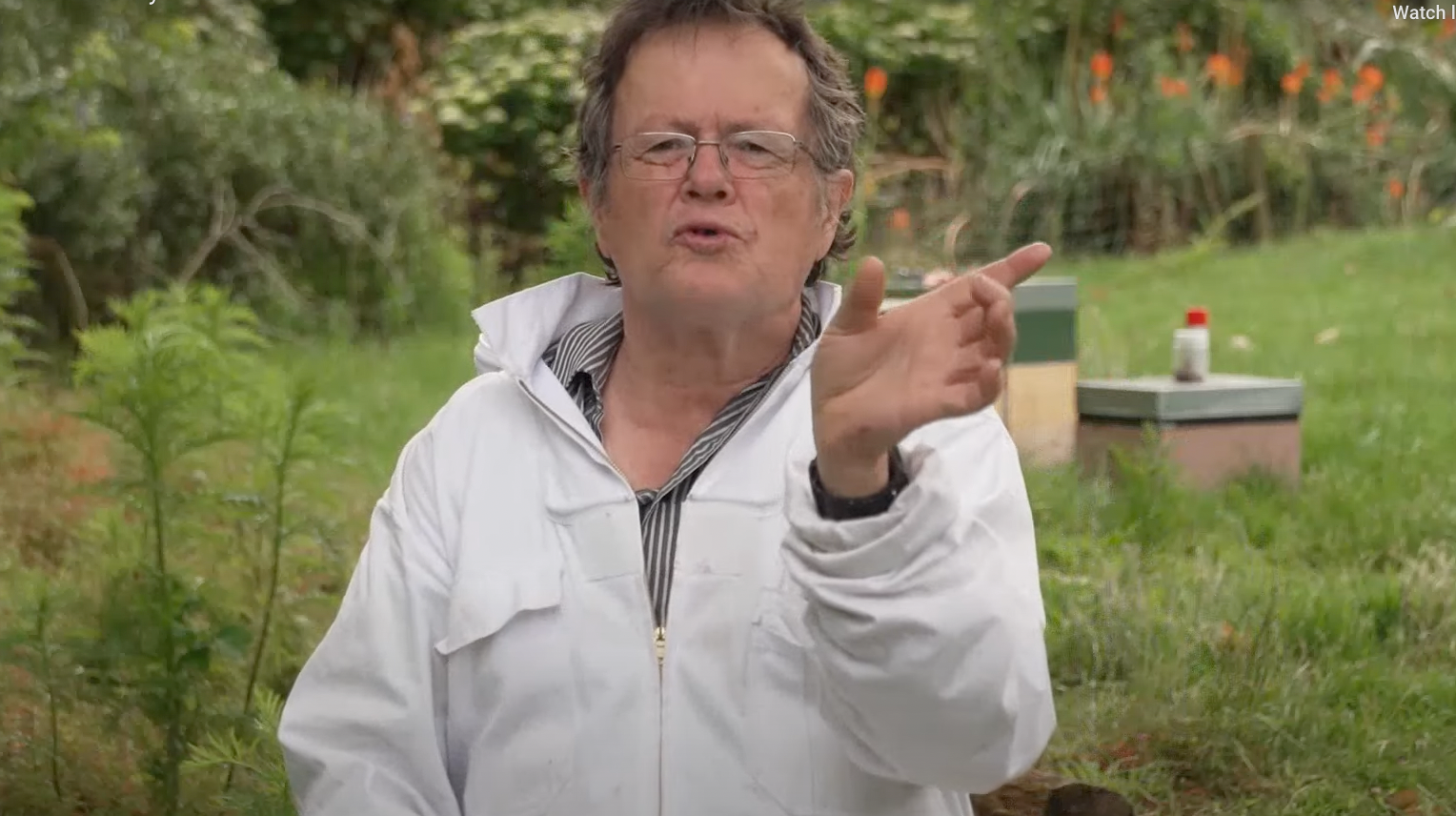
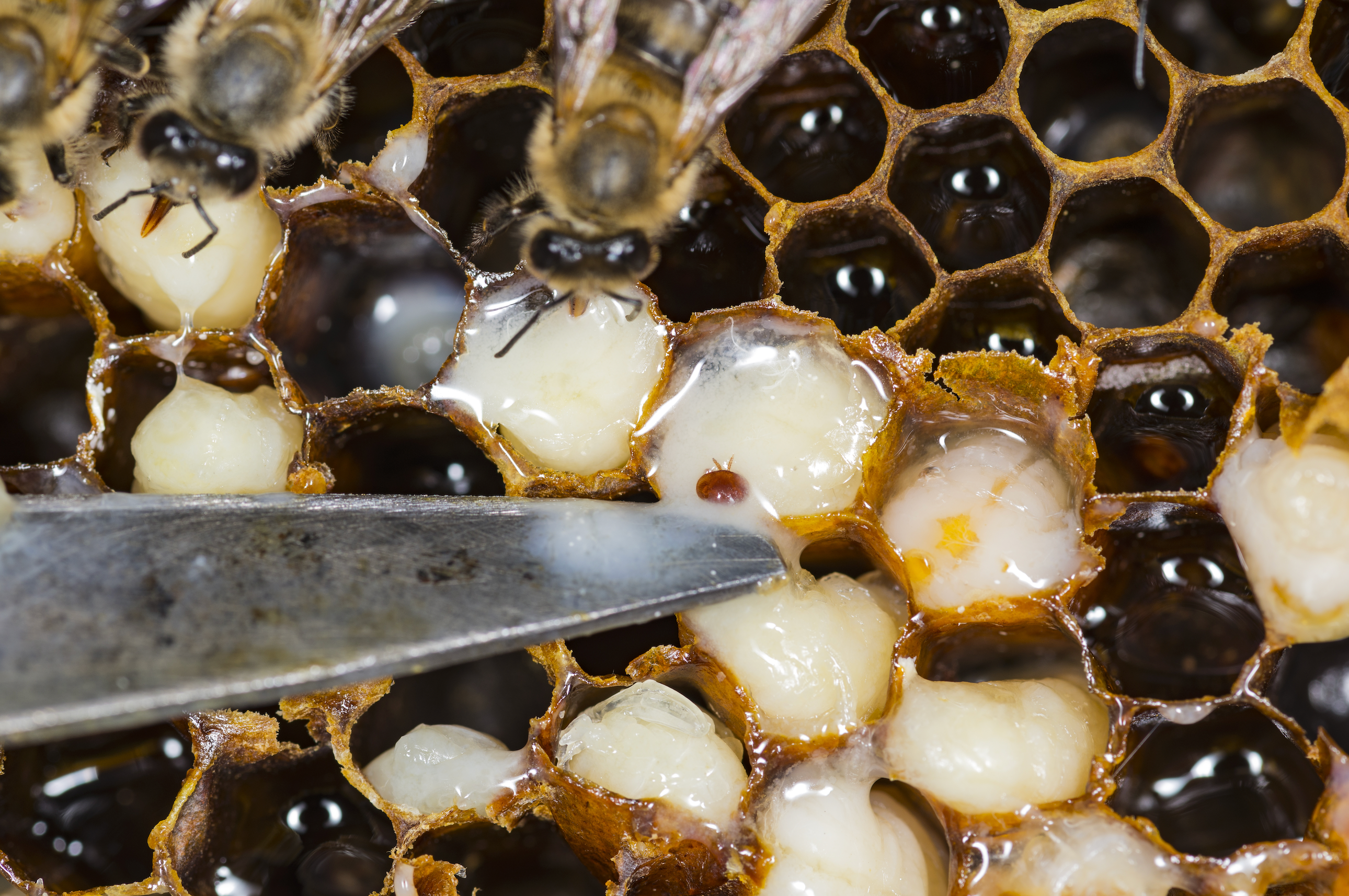
Explore the effectiveness of small cell size in Varroa control and the cautionary insights from trials in this informative blog....
Learn More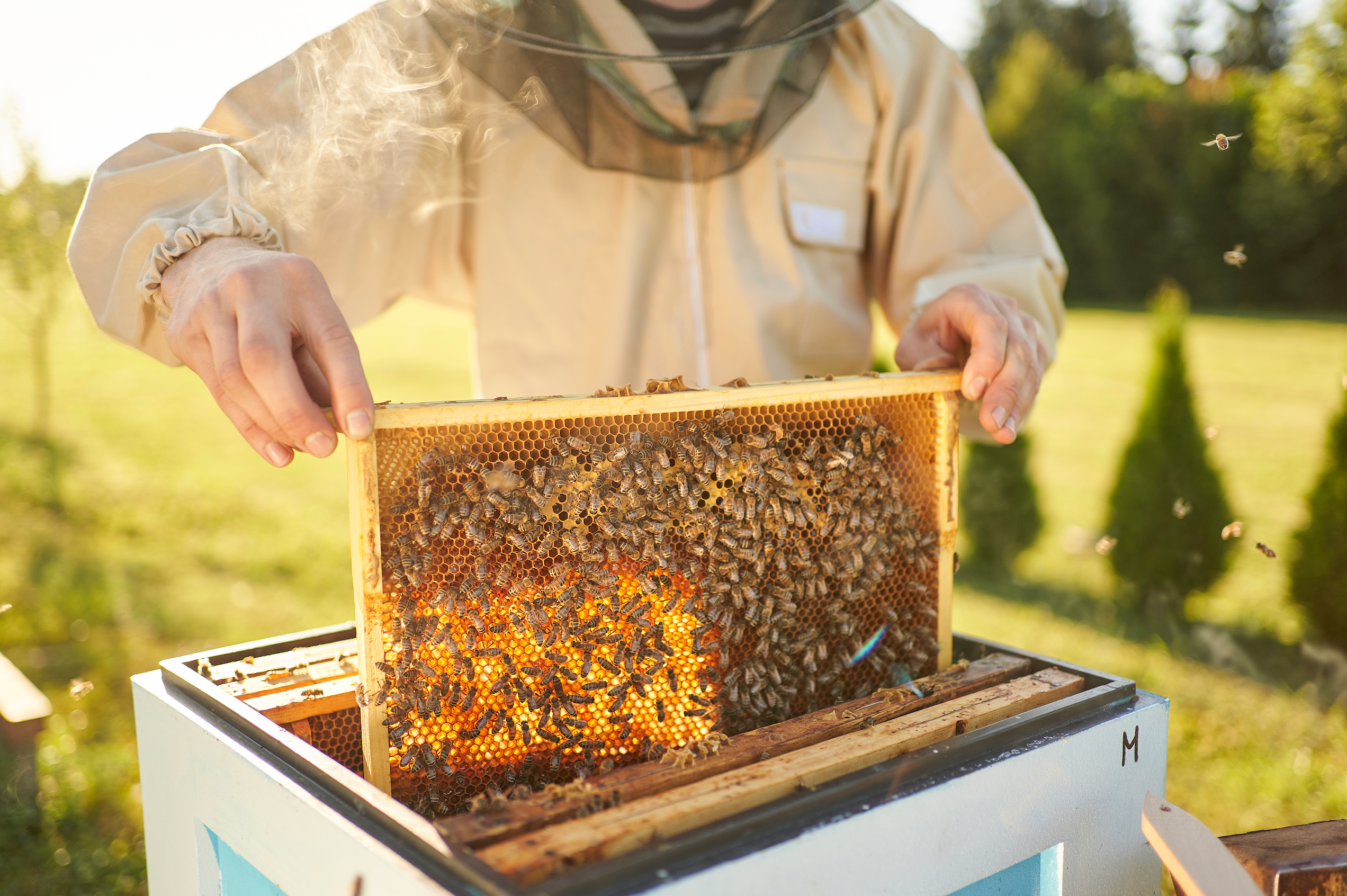
Discover how Varroa mites are reshaping the economics of beekeeping globally and why a shift towards maximum management with fewer...
Learn More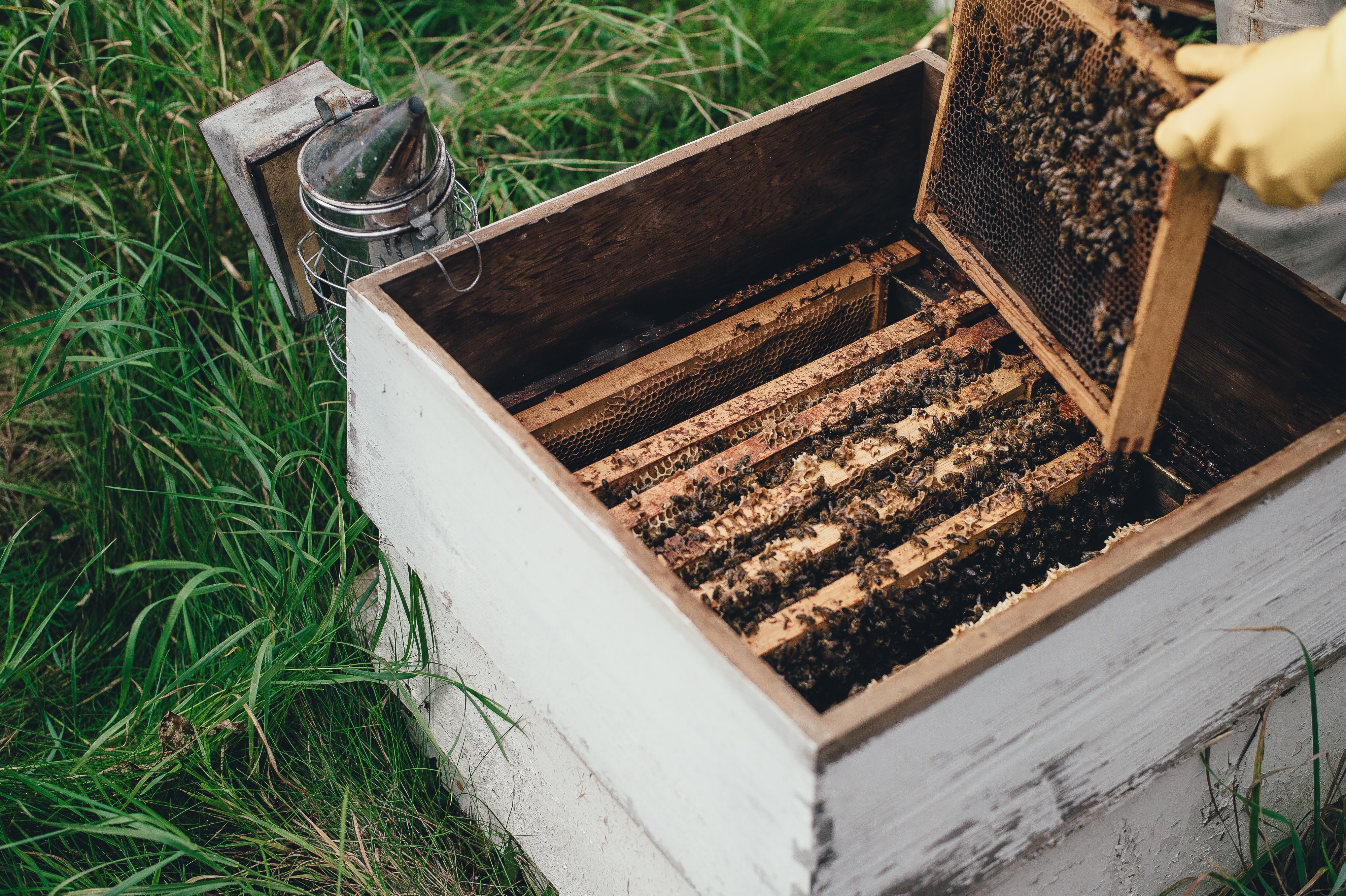
Managing Varroa Mites in Honey Bee Hives When it comes to bee’s worst enemy, varroa, immediate action is important. The...
Learn More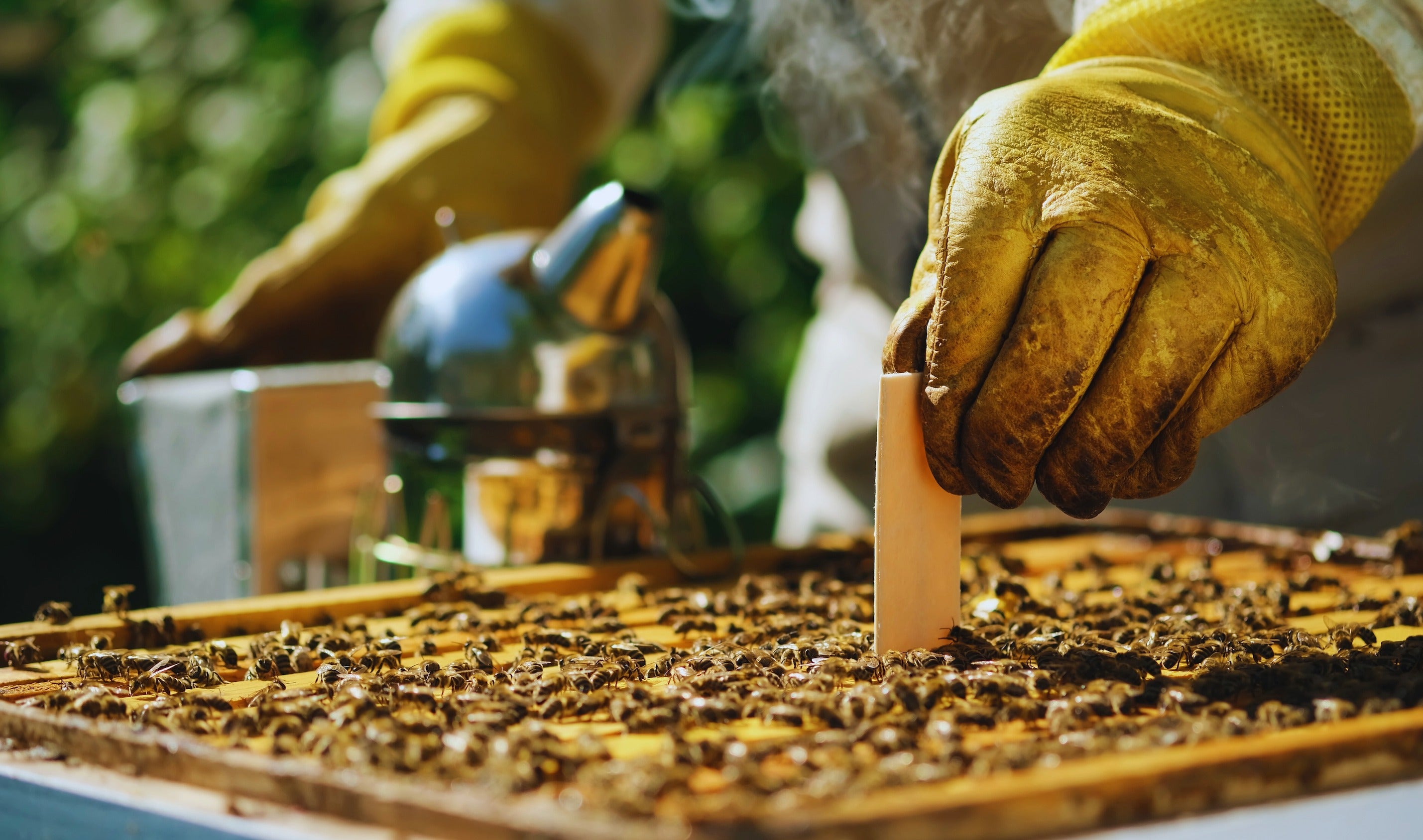
Discover essential insights for Australian beekeepers in combating Varroa mites and safeguarding hive health. Learn about strategic treatment timing, rotating...
Learn MoreLeft untreated, Varroa Mite will sadly lead to the death of managed and wild bee hives. Now more than ever it is important for beekeepers to continue to tend to their bees. As wild bee colonies decline drastically due to Varroa Mite, there's an even greater dependence on Beekeepers with managed bee hives for pollination.
In Australia, bees play a crucial role in pollinating crops and native plants, contributing significantly to the agricultural economy, backyard vegetable and flower gardens, and ecological health.
Active intervention, varroa treatments, and enhanced varroa management strategies are essential to mitigate this impact and ensure the survival of bee populations, thereby safeguarding Australia's agricultural and natural landscapes.
You may be wondering what you need to do to manage varroa mite - we're here to help. With over 20 years of experience managing Varroa Mite in New Zealand, we've got the gear, treatments, and honey bee scientists ready to support you on your beekeeping journey.
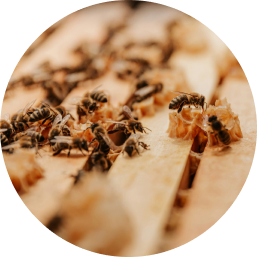
Get free advice from our helpful community and team at Ecrotek by leaving a question below or emailing us at varroamite@ecrotek.com.au